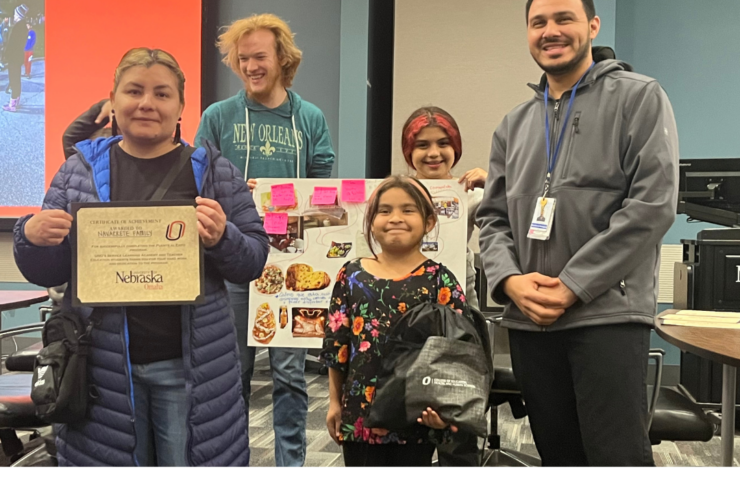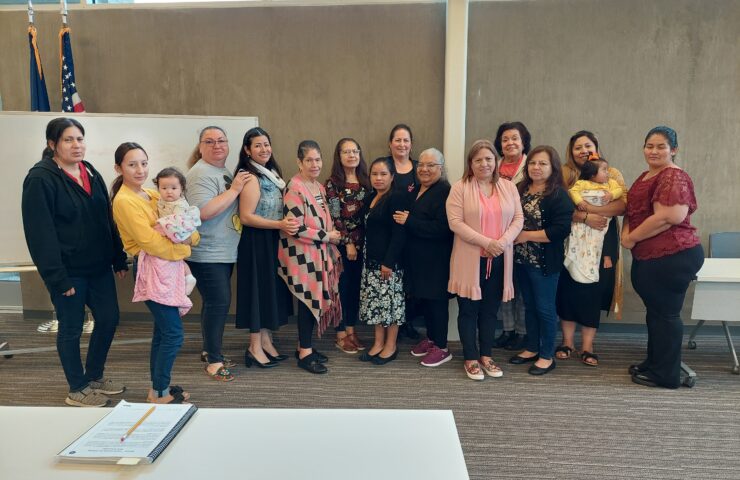By the end of grade 3, most children in the United States should, ideally, know how to read. But this milestone does not consider language barriers, learning disabilities…the list goes on.
Pre-k through grade 3 teachers are practicing foundational literacy skills with students, but a family’s influence on reading skills is also incredibly important. No need to worry: You don’t have to sit down with your child and a picture book to keep them engaged in reading during time off from school.
There are small, easy ways to foster a love for reading in children. Keep it light, and keep it fun. It shouldn’t feel like a chore or homework. Here are some tips from the Learning Community to support your child’s learning.
Tip #1
Does your child have a favorite book they want you to read to them over and over (and over and over and over) again? Just do it.
Studies have shown that reading the same book repeatedly has greater benefits than reading many different books over time when it comes to the rate of children’s vocabulary acquisition.
While your child’s repeated requests for a certain book may seem never-ending, take a deep breath and keep going. Your child’s future vocabulary will thank you for it.
Tip #2
Children love their name, and it has benefits. Say it. Spell it. Write it. Read it.
According to the National Center for Families Learning (NCFL)’s Cultivating Readers free, downloadable toolkit, children from birth to age five are both familiar with and fascinated by their own name. It’s one of the very first words they learn, and it continues to be a powerful source of identity for them throughout their lives.
Integrating your child’s name into activities is not only beneficial to them, it also offers a low-cost or free way to entertain them. Practice spelling their name with foam letters in the bathtub. Give them a mini dry-erase board and marker, then guide their hand to write their own name. Cut out letters of their name from a magazine and allow them to arrange the letters to practice spelling it.

Tip #3
Visit your local library branch to check out books or participate in free programming.
Each of the 11 school districts served by the Learning Community of Douglas and Sarpy Counties has a library branch that provides free services and programs to visitors. Depending on your address, you can get a library card at a branch near you. This online search tool can find a library near you using your ZIP code.
Tip #4
Invite children into the kitchen as your sous-chef
Words are everywhere — including recipes. Reading recipes and cooking with your child is a great way to work on literacy skills and spend time together. Measuring ingredients also gives children a chance to practice math skills.

Tip #5
Listen to an audiobook during a trip
If you’re traveling during winter break, you can share an experience with your child by listening to an audiobook together. Most audiobooks, especially children’s audiobooks, have fun, entertaining voice actors. Reader’s Digest has a list of family-friendly audiobooks to help you choose, and most books found at the public library also have free, downloadable audiobook options.

Winter break is a time for families to reconnect, and it’s OK for kids to take a break from school. But by following these simple tips, parents can make sure their children make reading part of the winter break fun.
Looking for more reading resources? The National Center for Families Leaning (NCFL) has a series of wonderful, downloadable toolkits to support you keeping your kids engaged in reading all year long.



